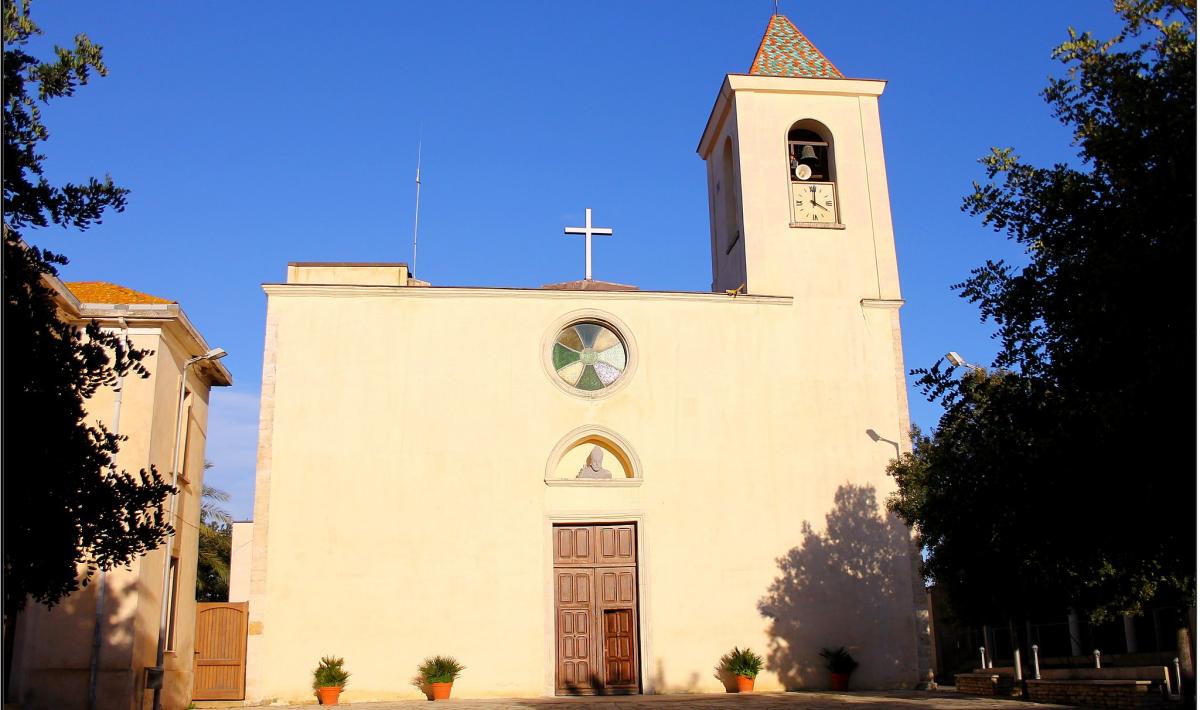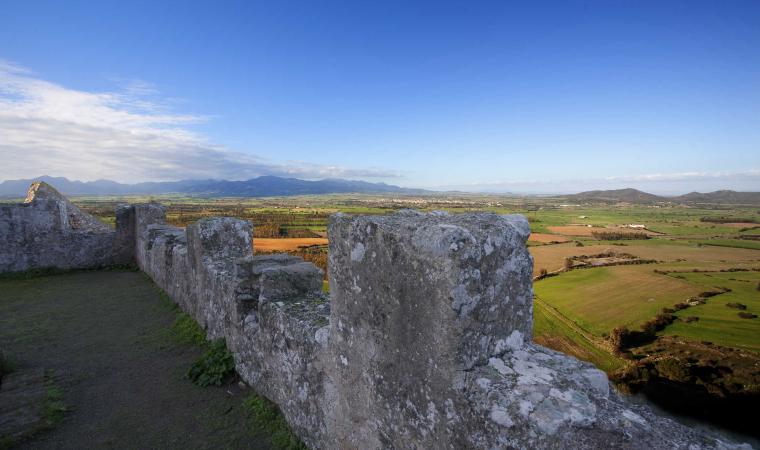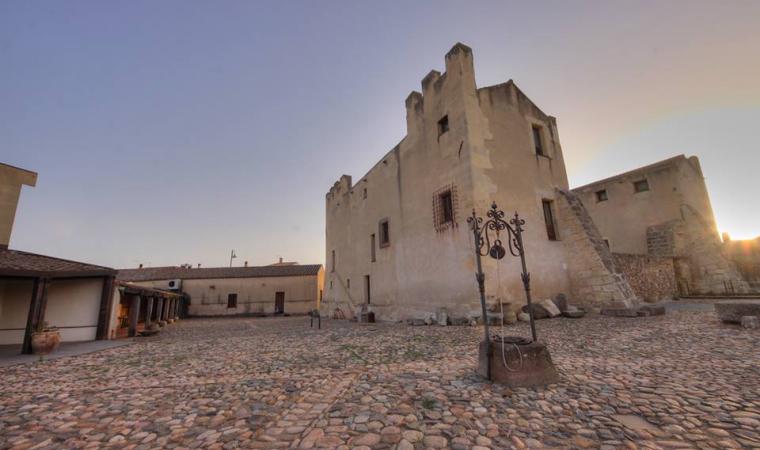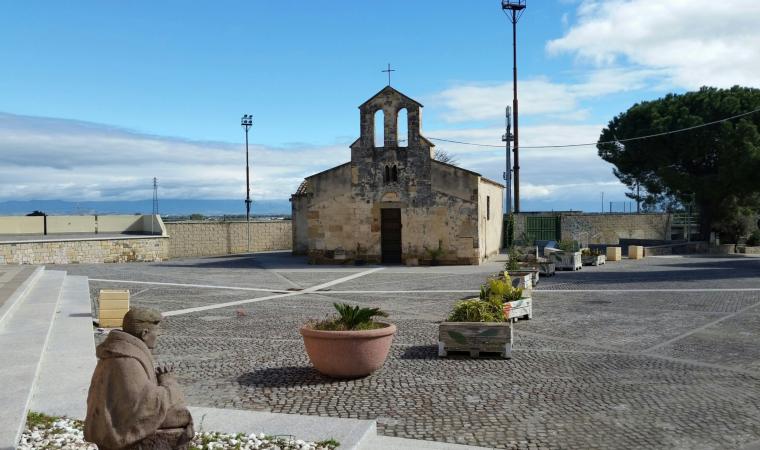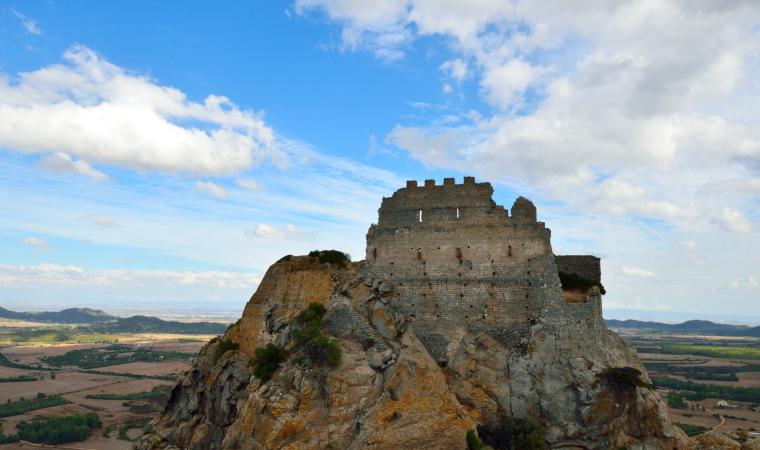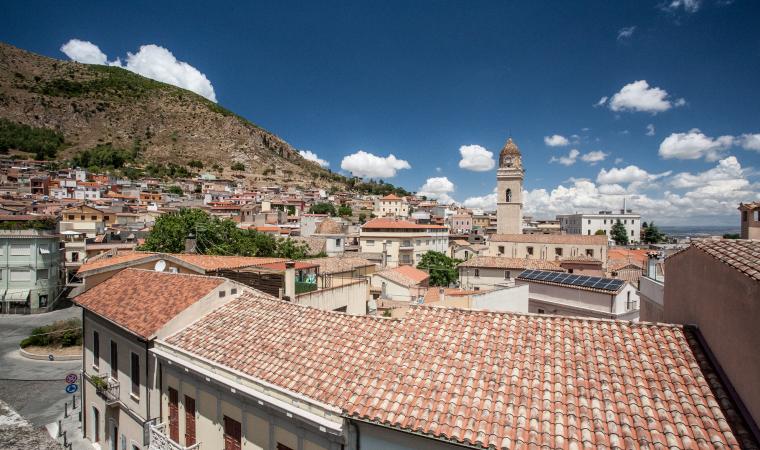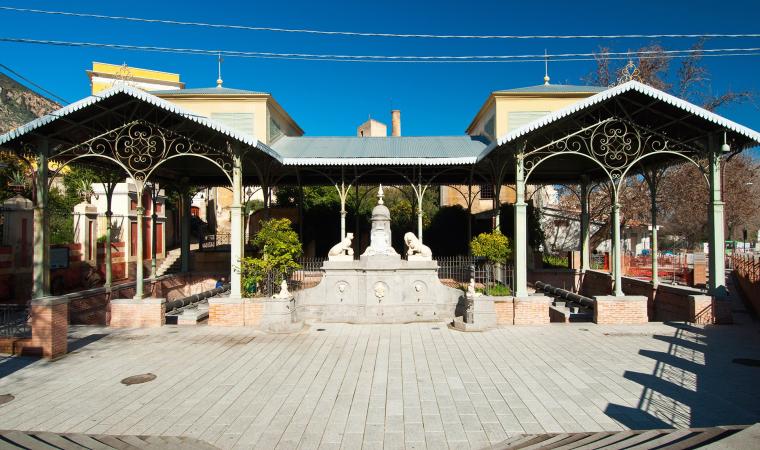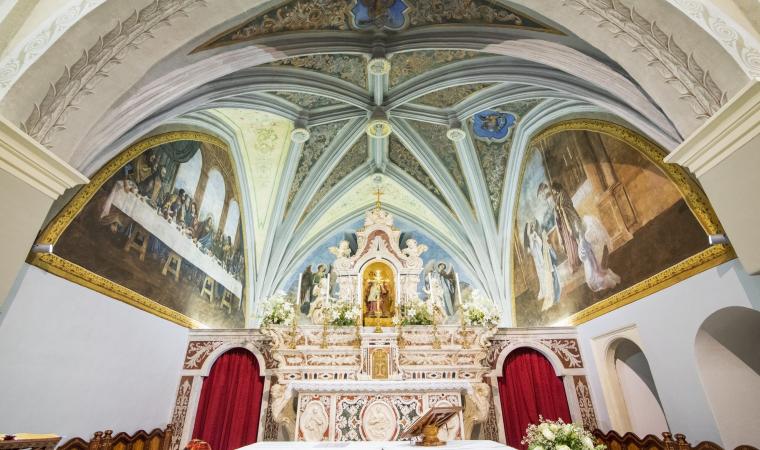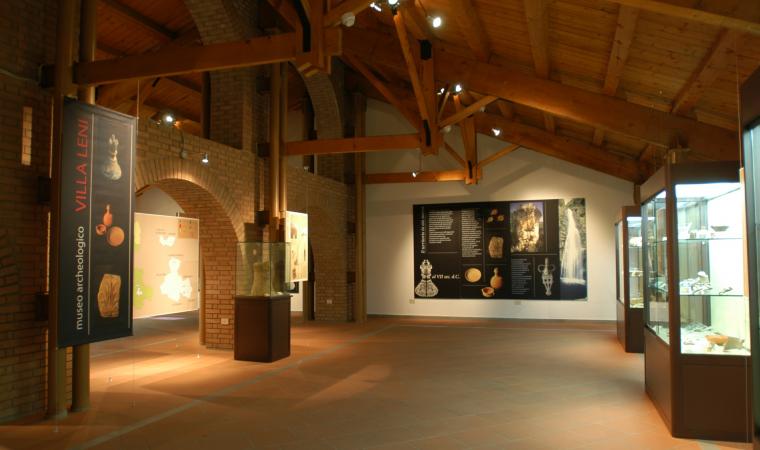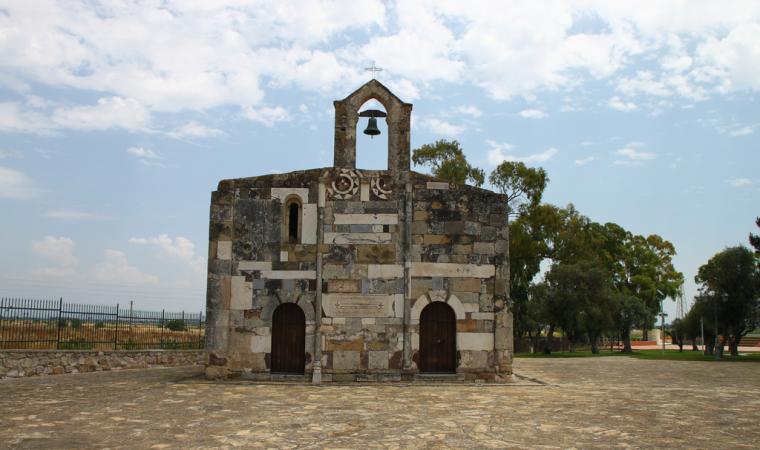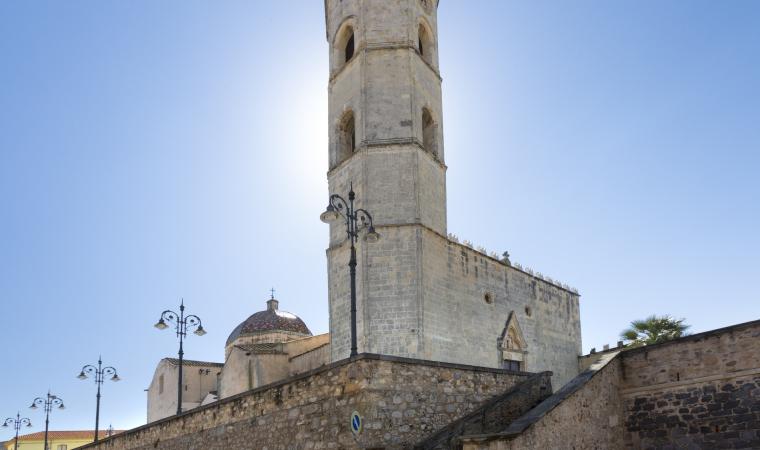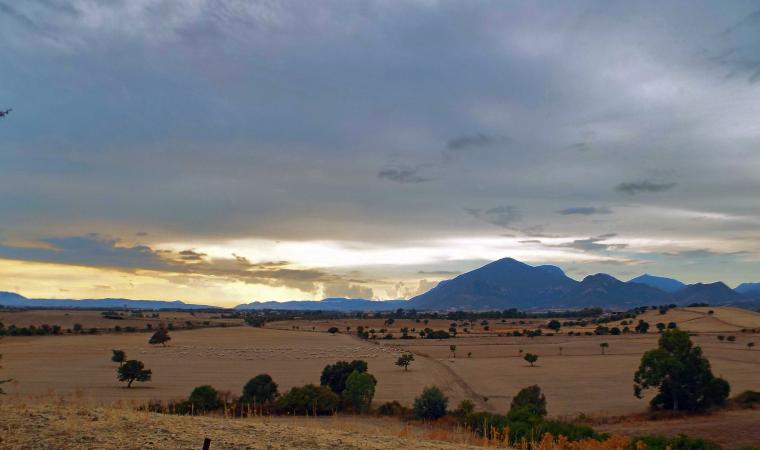The name of Vallermosa derives from the Spanish hermosa, meaning ‘beautiful and fertile valley’, in a word ‘ridente’ (Italian for ‘delightful’). Vallermosa, a village of the Iglesiente subdivision with around 2,000 inhabitants, lies in a valley bordered by two streams at the foot of Monte Cuccurdoni Mannu, on the eastern borders of the Monte Linas massif. It is 15 kilometres from Villacidro, thirty from Iglesias and 45 from Cagliari. The Campidanese houses in clay brick with artistic gates embellish the historic districts of Prazz'e Cresia, Cruxi Santa, Cabina e s'Ecca Manna. In the centre stands the parish church of San Lucifero, dating back to the 17th-18th century. In the countryside, the Santuario di Santa Maria can be admired, near which stand the Roman baths (3rd-4th century A.D.). The local festivals feature a jubilation of colours and sounds of traditional garments and musical rhythms. The patron saint is celebrated on 20th May, Santa Maria between 7th and 9th September with a procession from the parish to the country church and a spectacular torchlight procession on its return.
The great naturalistic attraction is the Linas. Covered by dense forests interlaced with streams and waterfalls, it has an alpine landscape with wild peaks, deep gorges and steep rock faces dating back some 300 million years. Amongst the pink and grey granite peaks are almost 8,000 hectares of holm oaks and various Mediterranean tree species, such as strawberry trees, lentisk trees and European olive trees. The lush vegetation is home to, amongst others, the Corsican red deer with the golden eagle flying overhead. A number of paths lead through the woods, to be traversed on foot, by bike or on horseback. In the territory around Vallermosa are lush hills, including one on which stands the park of Gutturu Mannu (‘Great Gorge’), five kilometres from the town, an enormous canyon zigzagged by a stream and covered by 35,000 hectares of forest, one of the largest green areas in Italy. It is a popular destination for trekking enthusiasts, with areas for resting and picnicking. The park is wildlife oasis, with fallow deer and mouflons wandering freely. Also to be discovered is the life of the civilizations of yesteryear in a stretch of land uniting history and nature. Four kilometres from the forest is the archaeological area of Matzanni, which houses a wall structure, three temples with a Nuragic well, surrounded by a village of 13 huts and the ruins of a Punic temple. The most precious artefact found is the small bronze ‘Barbetta’ statue, exhibited in the National Archaeological Museum of Cagliari. On a hill near the village stands the Nuraghe su Casteddu de Fanaris, from which picturesque scenery can be admired. The territory has been inhabited since the Nuragic period and again in the Punic-Roman period, but the origins of the town date back to the mid-17th century, in the context of the events of the Spanish feudal Sardinia: Blasco de Alagòn, the Marquis of Villasor, organised a massive migration of families to the depopulated villages of Pau Josso and Pau de Vignas. From here, the urban development began.

